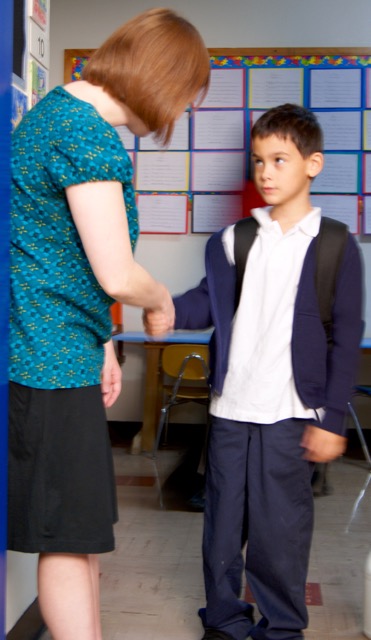Analyzing and Adjusting for Behavioral Success, Part 3
Join Our Community
Access this resource now. Get up to three resources every month for free.
Choose from thousands of articles, lessons, guides, videos, and printables.
In last week's second installment of the article on analyzing and adjusting our work with students to set them for success, we focused on choices. This week takes a look at new students and existing students who continue to pop up needing additional support.
New Student or Small Group of Barometer Students
Is there a new student who does not have the background in Daily 5 and Math Daily 3? If so, we take the time to revisit the I-charts and choices as a whole class, providing time for the class to model and teach the new student. This is also a great time to recalibrate the whole group. 
If there is more than one new student or there are a few students who aren’t new but their behaviors show us they need to relearn and practice again, we work with them as a small group. For this work we elect to have the rest of the class get started with their Daily 5 or Math Daily 3 choice. While the class is working, we are able to pull together that small group of new students or existing students in need of redirecting. This small-group work gives us the time to address specific issues, have guided practice, or even go back through the 10 Steps to Independence for each of the Daily 5 or Math Daily 3 choices. This is also a perfect time to set new behavioral goals or put a plan for success in place.
You will want to take note that we move to focusing on student choice and lastly barometer behaviors only after we spend time observing the first three in the observation list: Environment, available choices and student choices. The reason? The first three items on the observation list are those where we have a high level of influence.
As was mentioned, it is easy to jump to conclusions when behavior is less than desirable, and unfortunately, the first thing we have a tendency to focus on are the students themselves and their behaviors. Yet quite often, we can interrupt barometer behaviors by being more mindful and purposeful about the environment, materials, and available choices.







